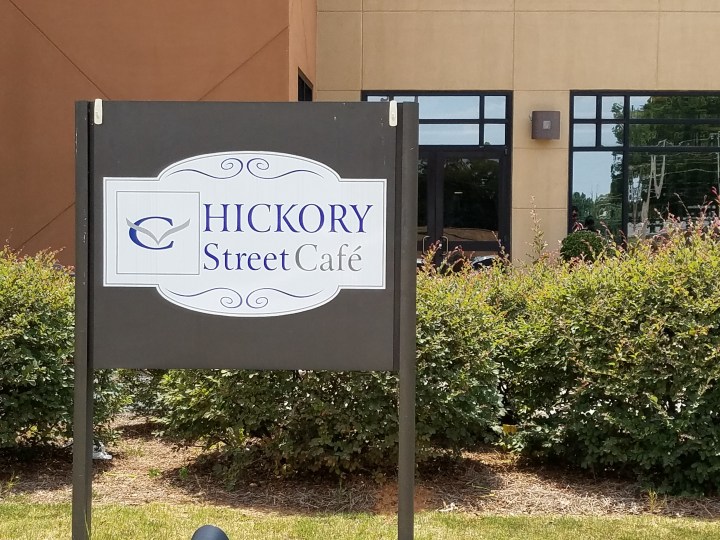
Rural hospitals expect to see a boost with changes to Medicare reimbursement
Rural hospitals expect to see a boost with changes to Medicare reimbursement

It was about noon on a Thursday in Sylacauga, Alabama, a quiet town about an hour from Birmingham, when Phyllis Caudle walked into the local hospital, Coosa Valley Medical Center, to have lunch with her sister.
“We eat here every day!” Caudle said.
The hospital’s café regularly draws a big crowd, according to Vanessa Green, Coosa Valley’s chief development officer. Green said the hospital also operates a popular catering service out of the cafe. While it may sound odd, she said it helps engage with the community and it is successful.
“We do whatever we need to do around here to make it work and make it happen,” Green said.
Many rural hospitals have had to get creative these days because they are struggling to make ends meet. In the past decade, more than 100 rural hospitals have closed nationwide, largely due to financial problems. Others have had to freeze, or even cut salaries. Some have eliminated important services, like obstetrics and gynecology
But change is coming from Medicare. Soon, many rural hospitals across the country will get more money from the federal program. Starting Oct. 1, reimbursement rates will go up for hospitals in the bottom 25% of the index.
It is a big deal for Alabama, according to Glenn Sisk, CEO of Coosa Valley Medical Center.
“Rural Alabama hospitals have the lowest reimbursement from Medicare in the United States,” Sisk said.
Medicare uses a complicated formula, called the wage index, to determine reimbursement rates across the country. It is based on the idea that salaries are higher in certain states and bigger cities, so hospitals in those areas receive more money for the same services.
Sisk said the index is unfair to rural providers, which are often in less expensive areas, and he said the formula does not reflect the true operating costs for many hospitals.
“Fundamentally it is a flawed system,” Sisk said.
Last year, the Office of the Inspector General found “significant vulnerabilities” in the wage index system and said the index “may not always accurately reflect local labor prices.”
Kathleen Carey, professor of health economics at Boston University, said many medical professionals have criticized the wage index.
“The feeling was that over time this has created a downward spiral that increases the disparity between high and low-wage hospitals,” Carey said. That is the central reason why Medicare is changing the formula.
Danne Howard, chief policy officer of the Alabama Hospital Association, said the change is a move in the right direction.
“This is the first time any steps have actually been taken to recognize that disparity and to start looking at ways that we can address it,” Howard said.
But some hospitals are not happy about the adjustment, because it is budget neutral. While payments will increase for certain low-wage hospitals, Medicare will offset that cost by paying other hospitals less.
Bowen Garrett, senior fellow with the Urban Institute, agreed that the wage index is flawed, but said this is not the best way to fix it.
“This is really a patch, a band-aid to that problem,” Garrett said, “and it’s not one that’s calibrated to data.”
In Alabama, the new rates are expected to bring in an additional $38 million in the first year, according to the state’s hospital association. Officials say it will help, but many providers will continue to struggle financially. Nearly all of the state’s 51 rural hospitals are operating in the red.
There’s a lot happening in the world. Through it all, Marketplace is here for you.
You rely on Marketplace to break down the world’s events and tell you how it affects you in a fact-based, approachable way. We rely on your financial support to keep making that possible.
Your donation today powers the independent journalism that you rely on. For just $5/month, you can help sustain Marketplace so we can keep reporting on the things that matter to you.


















